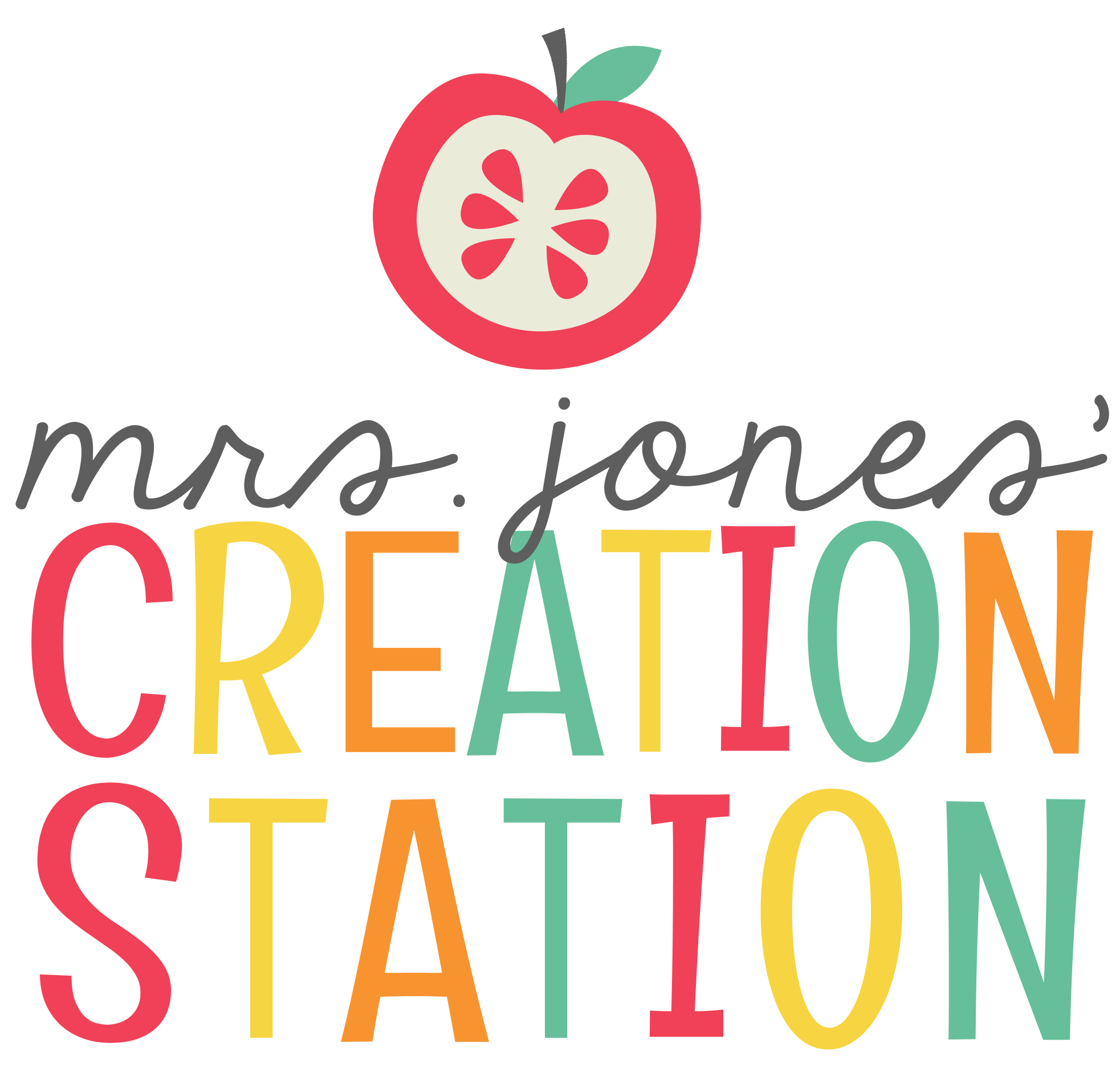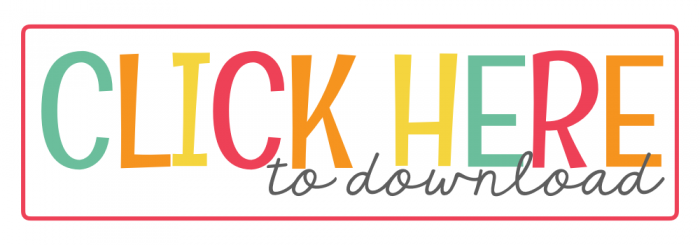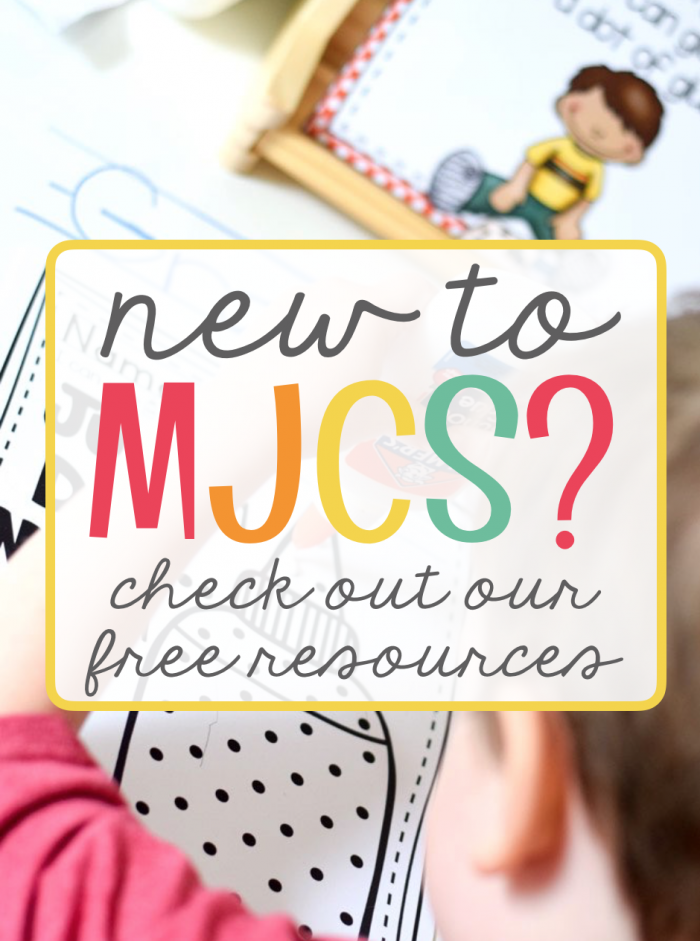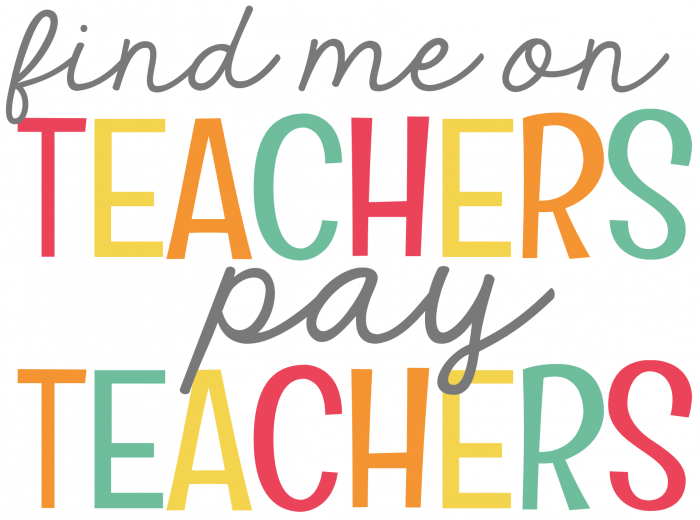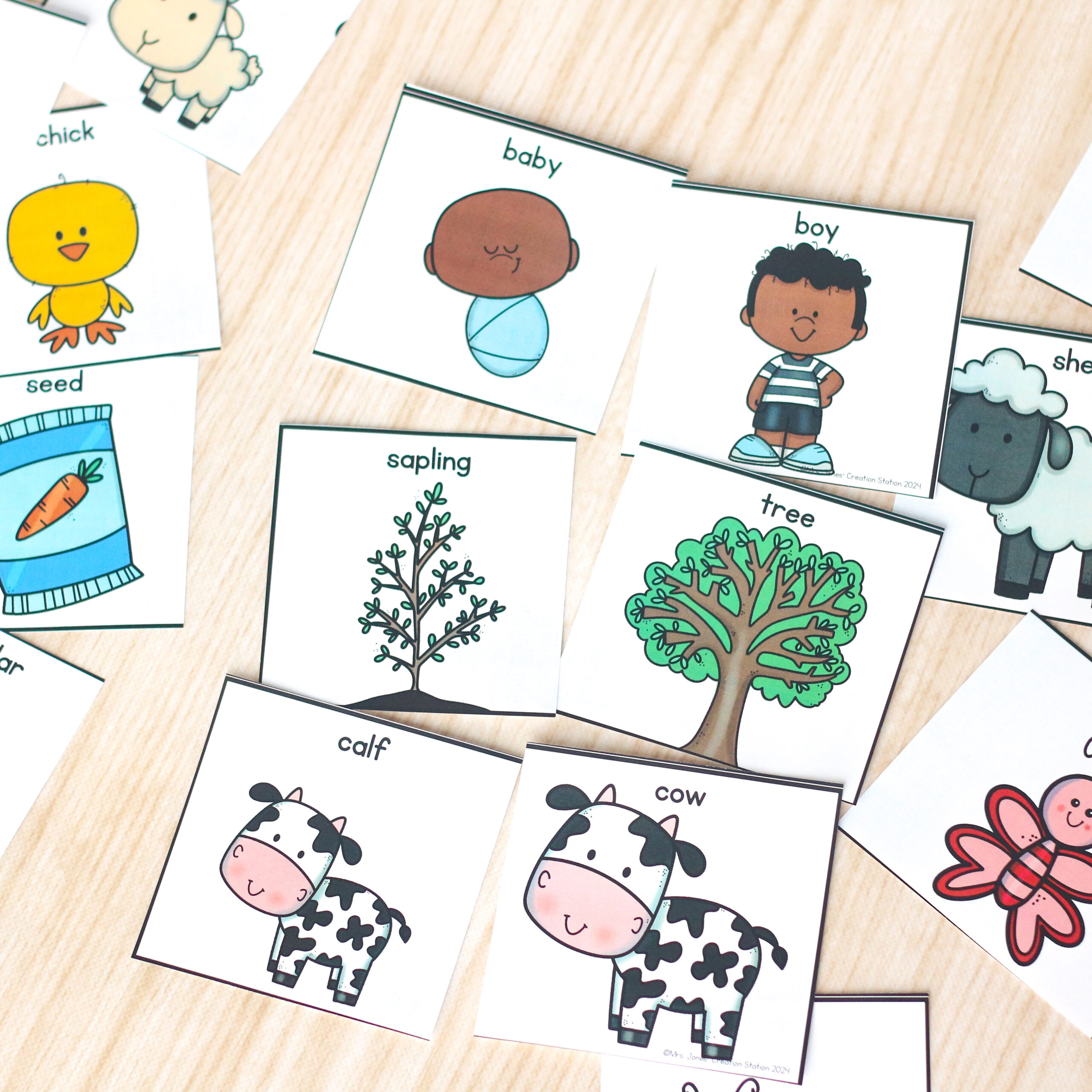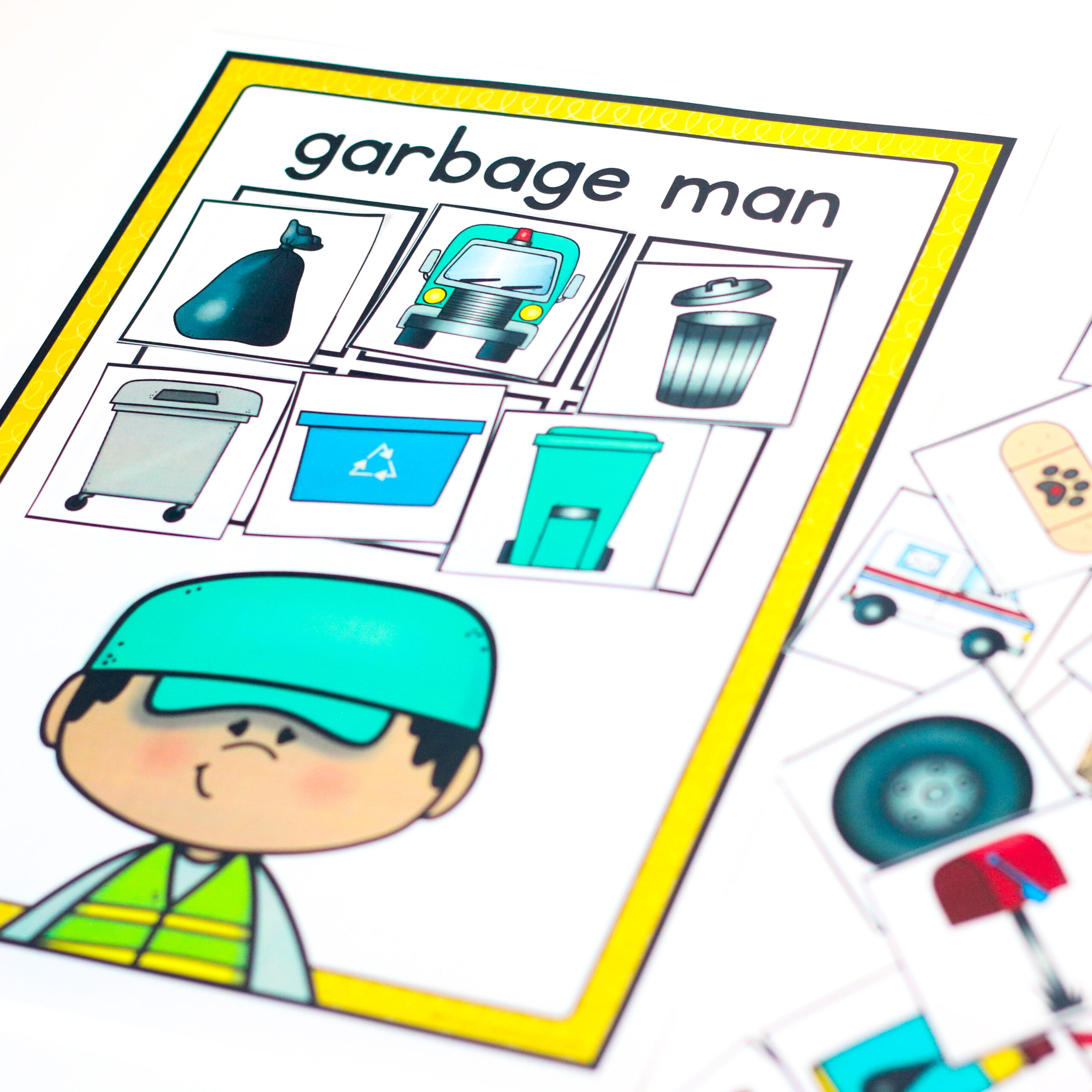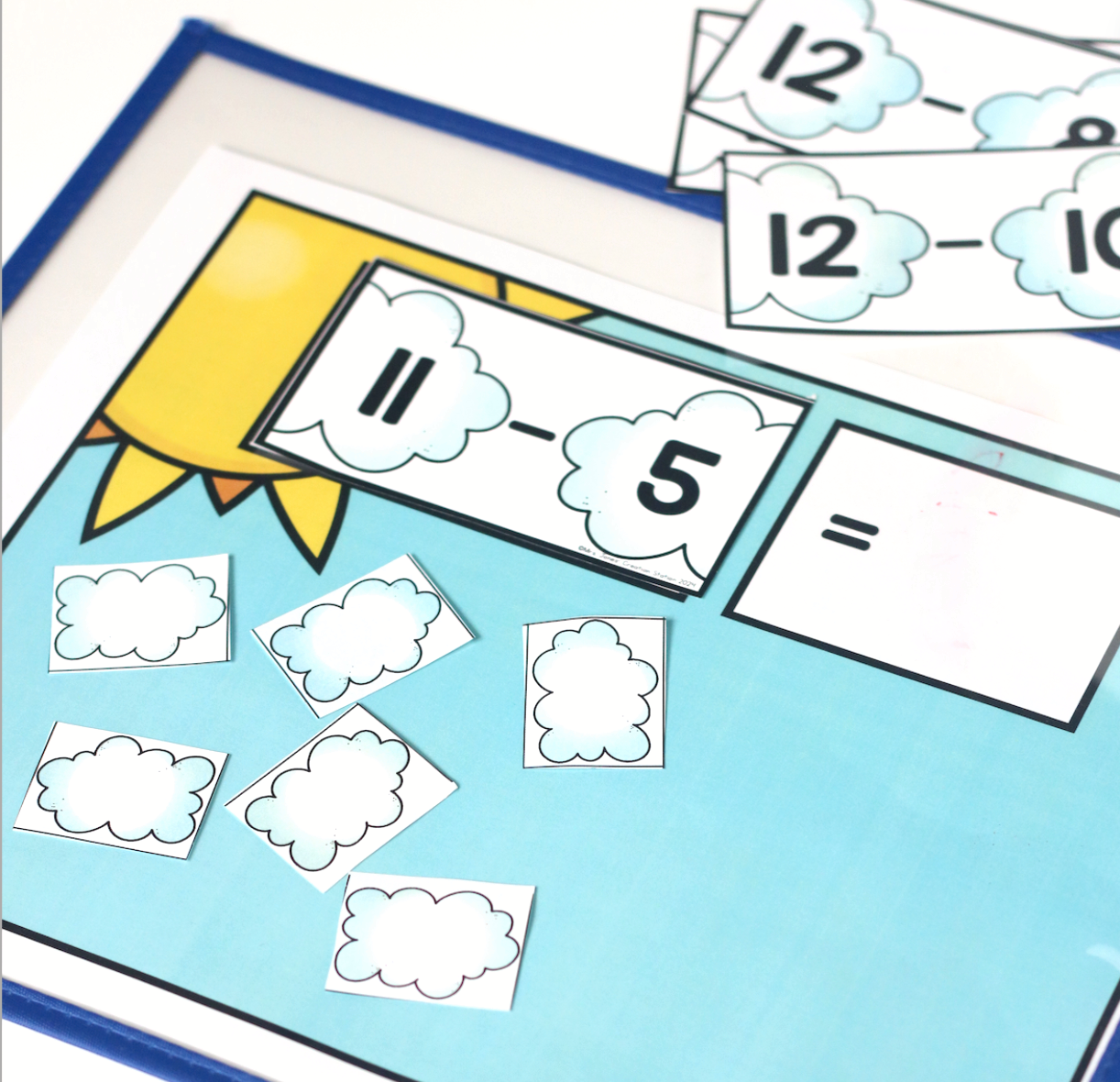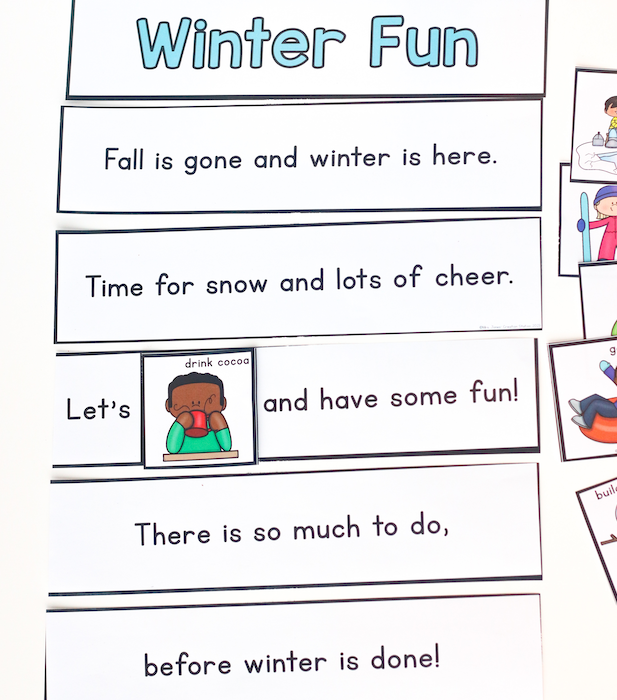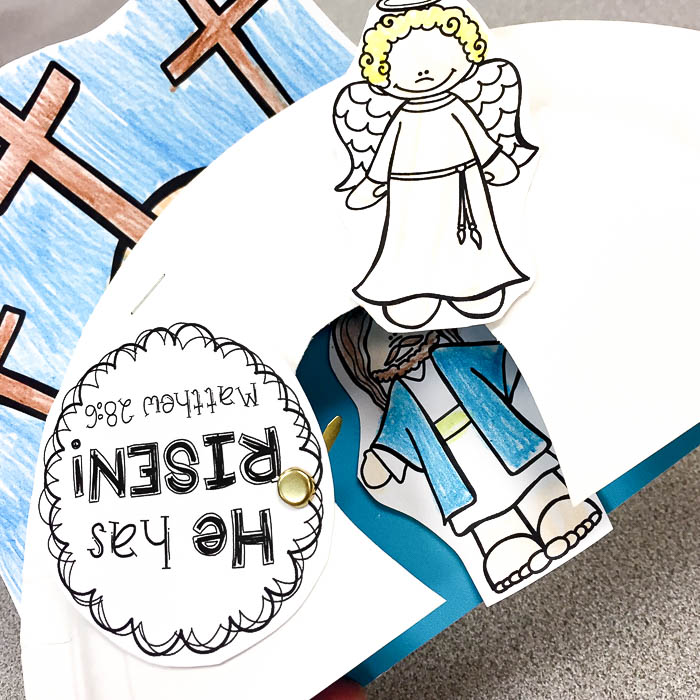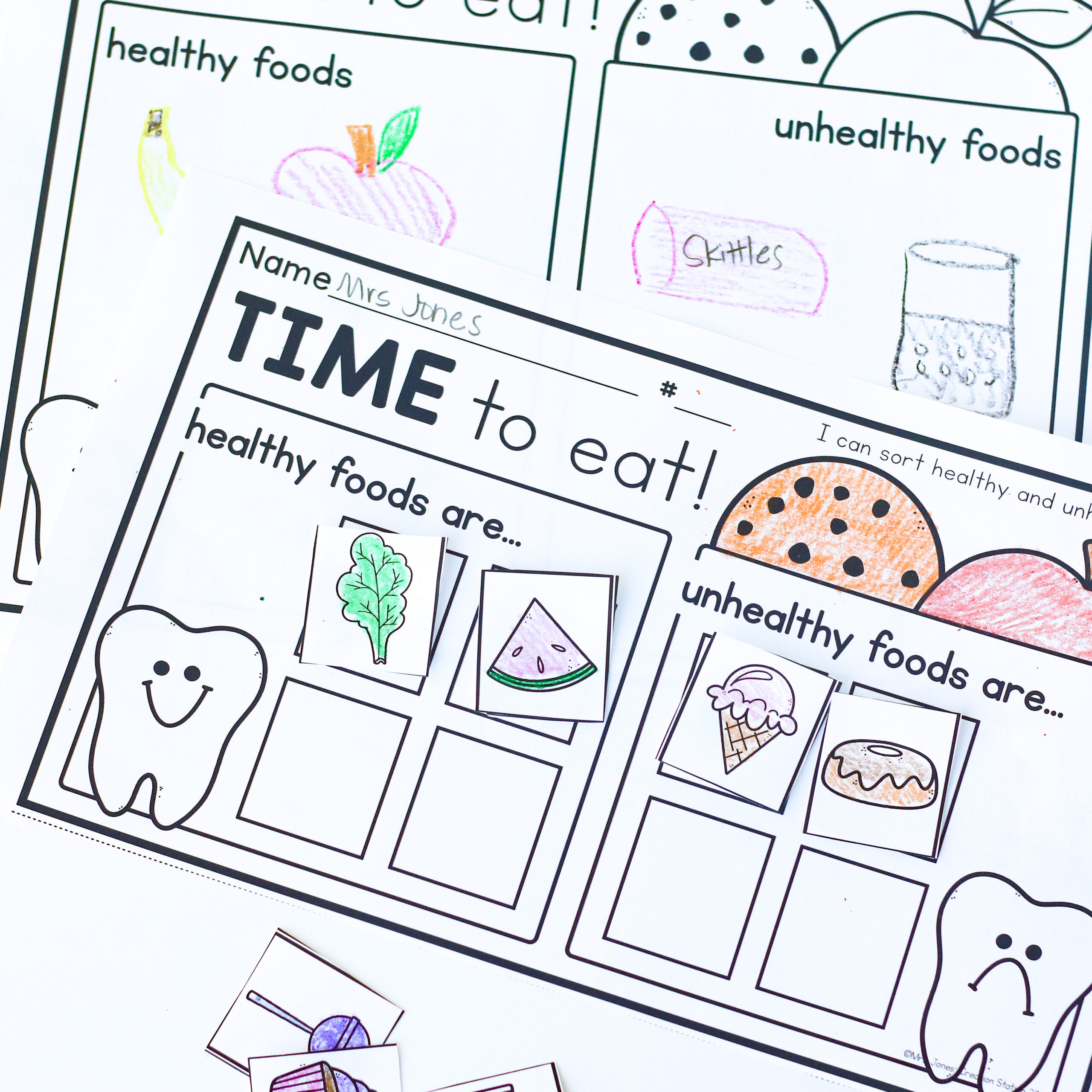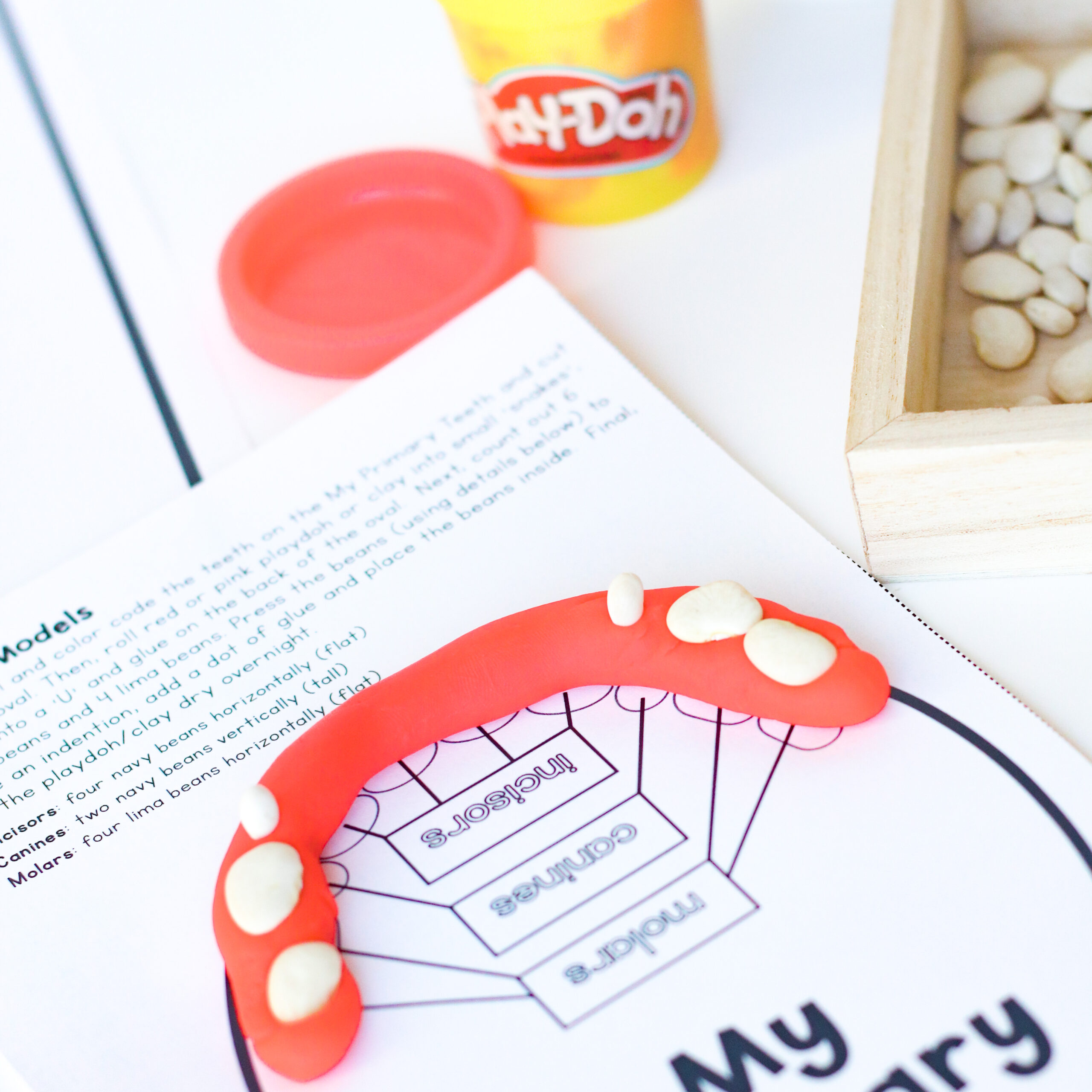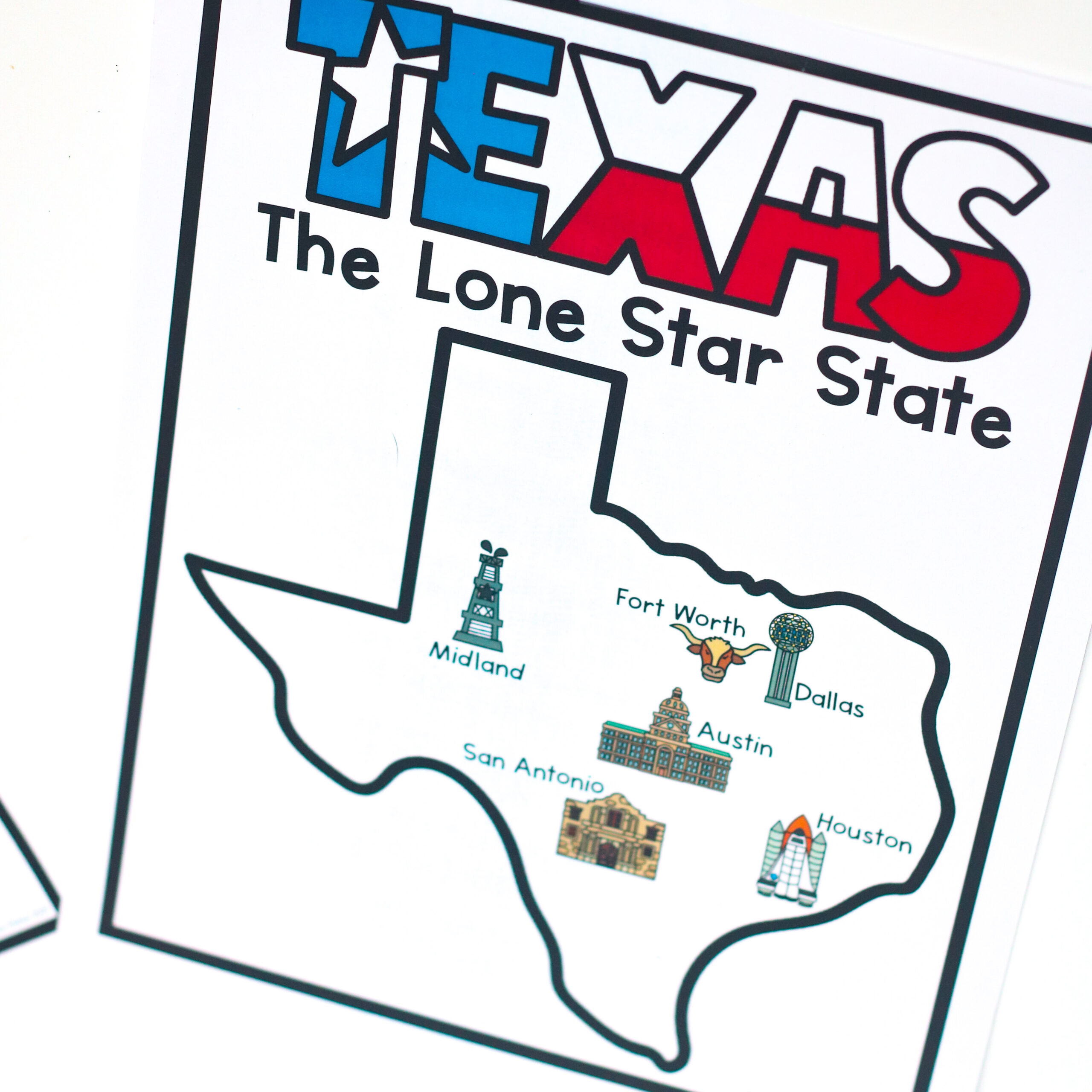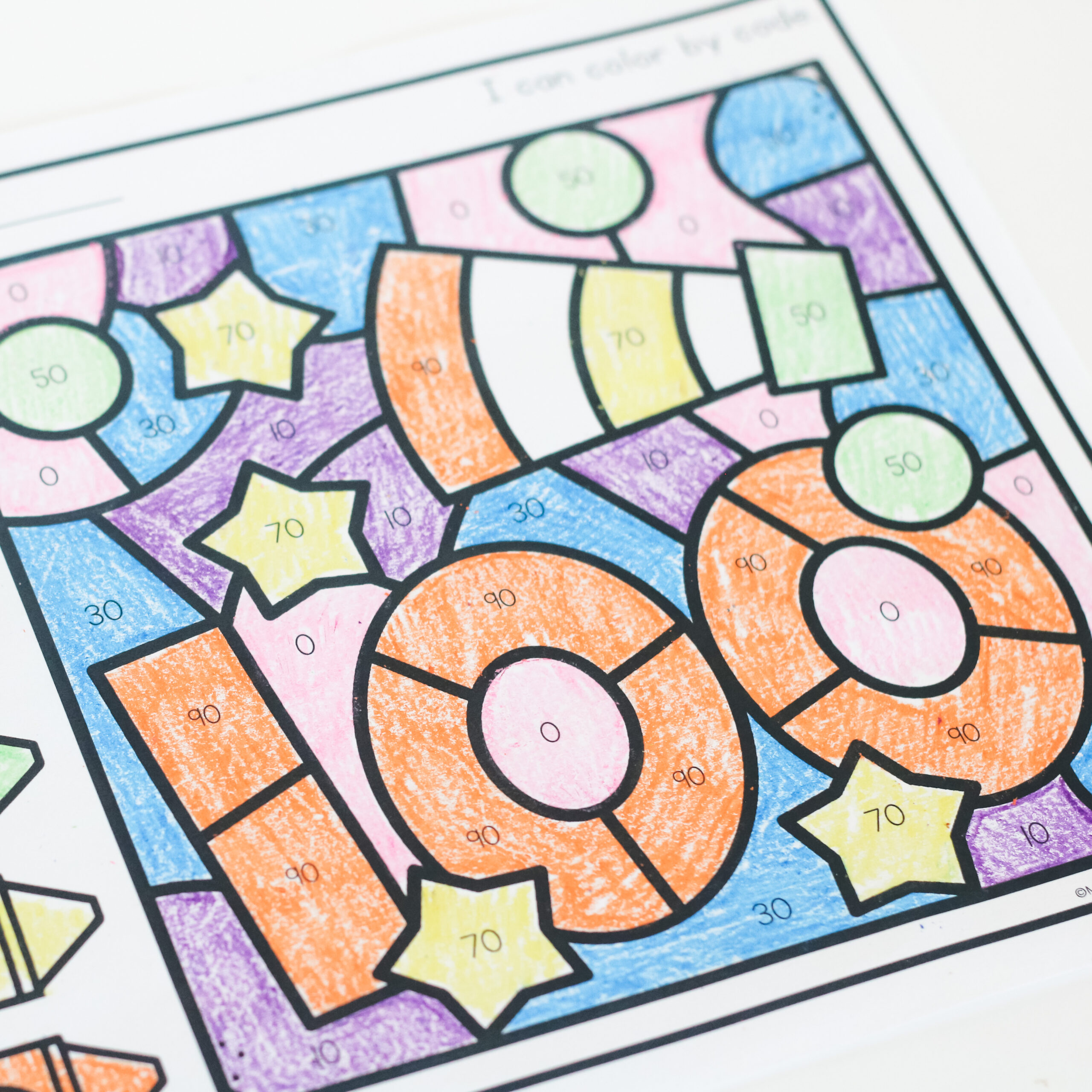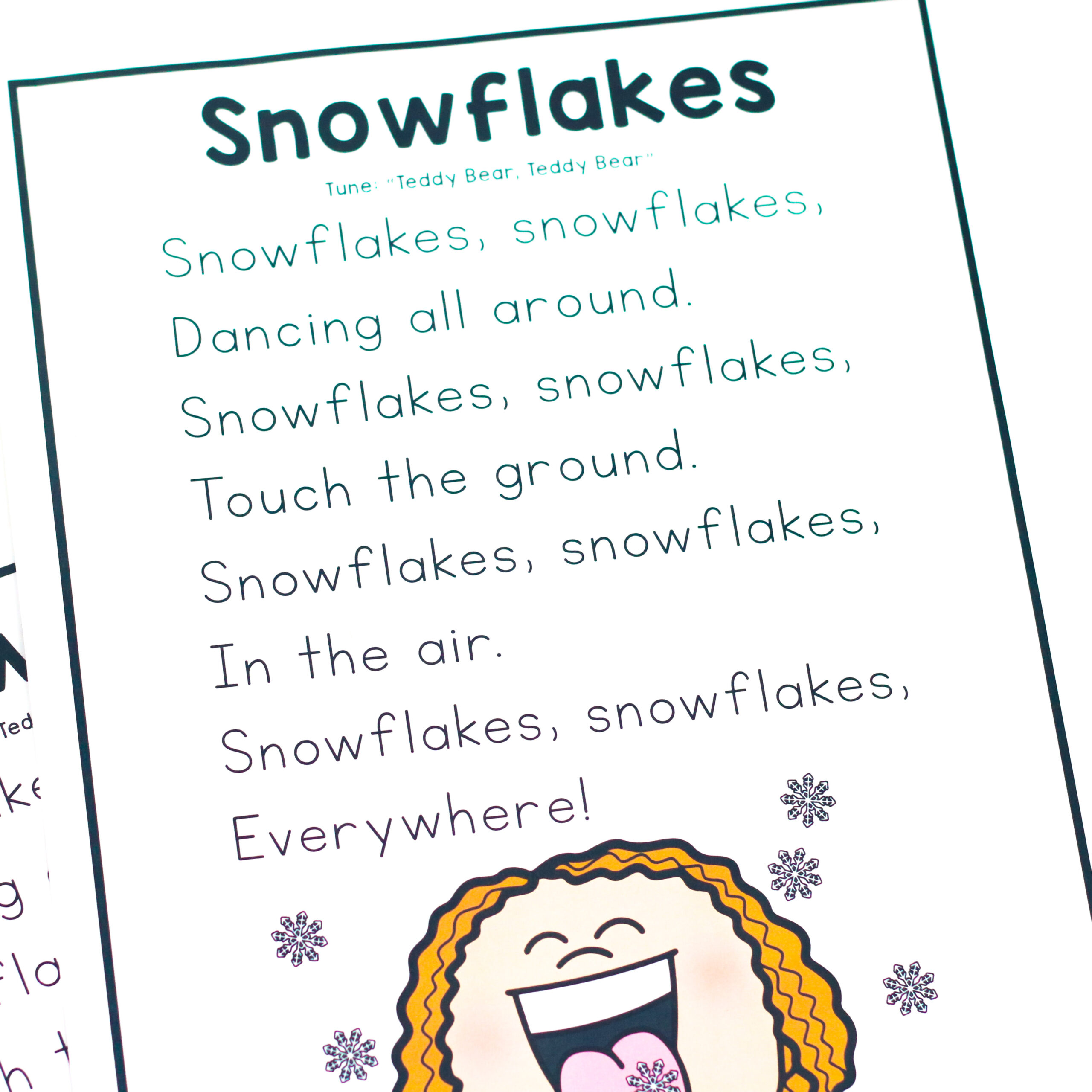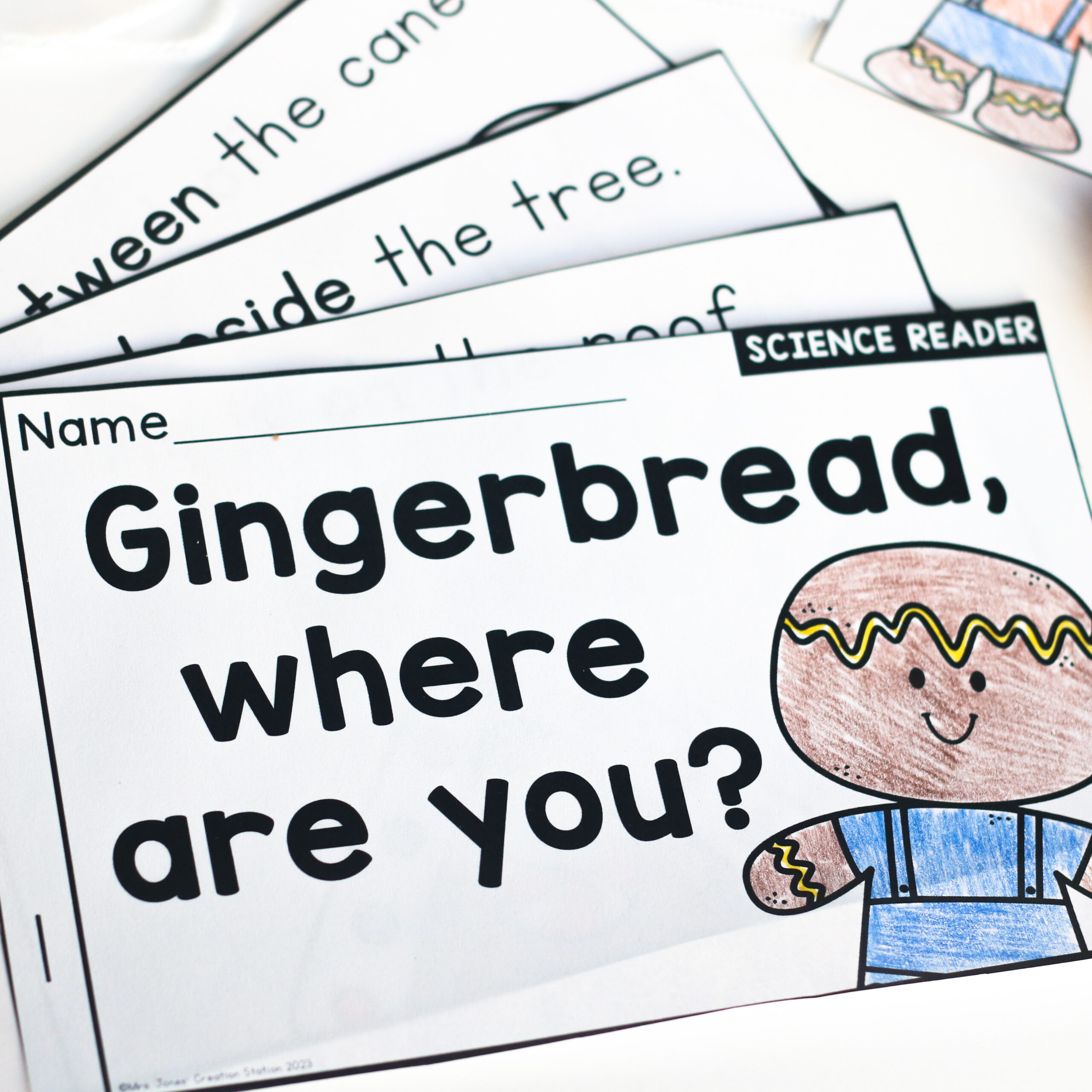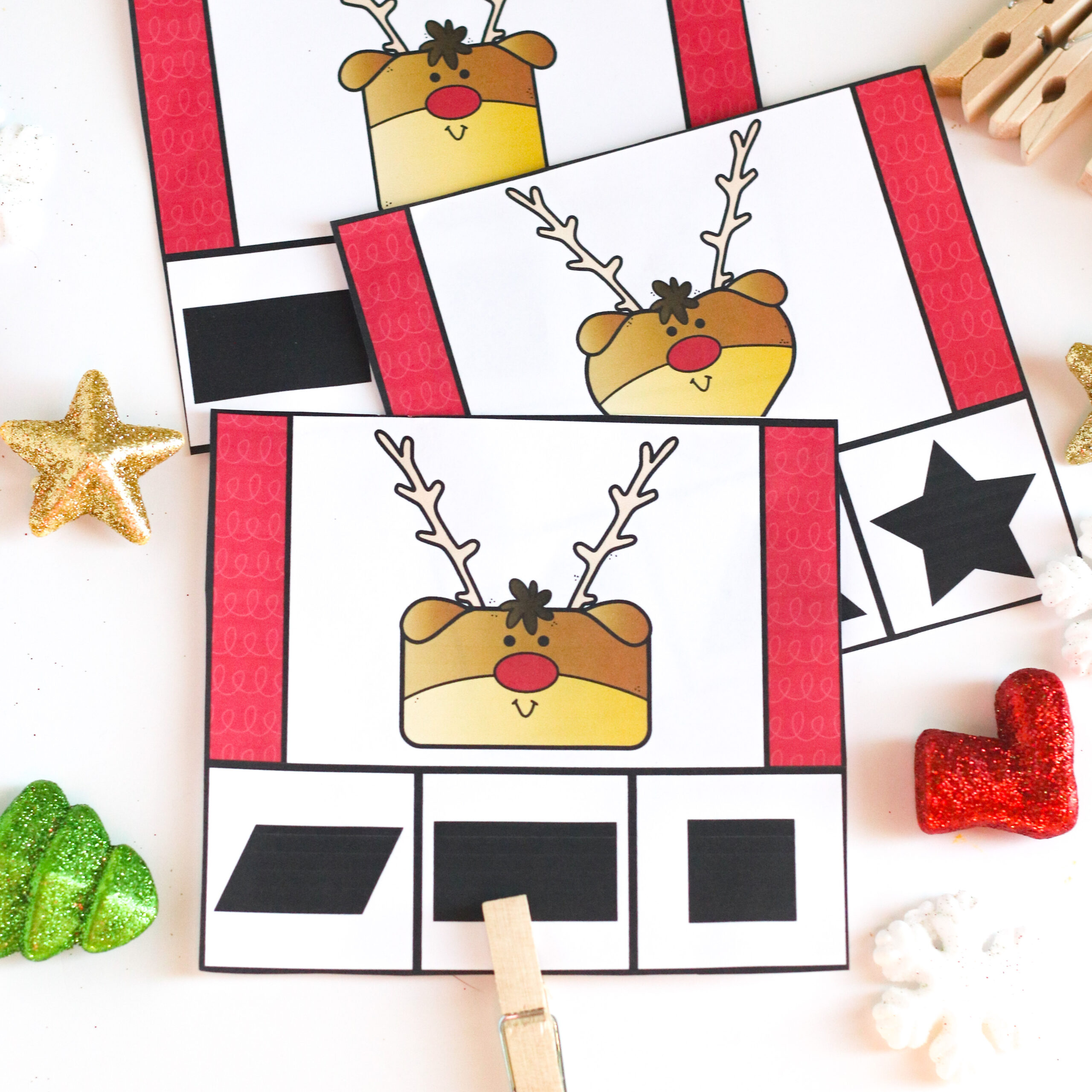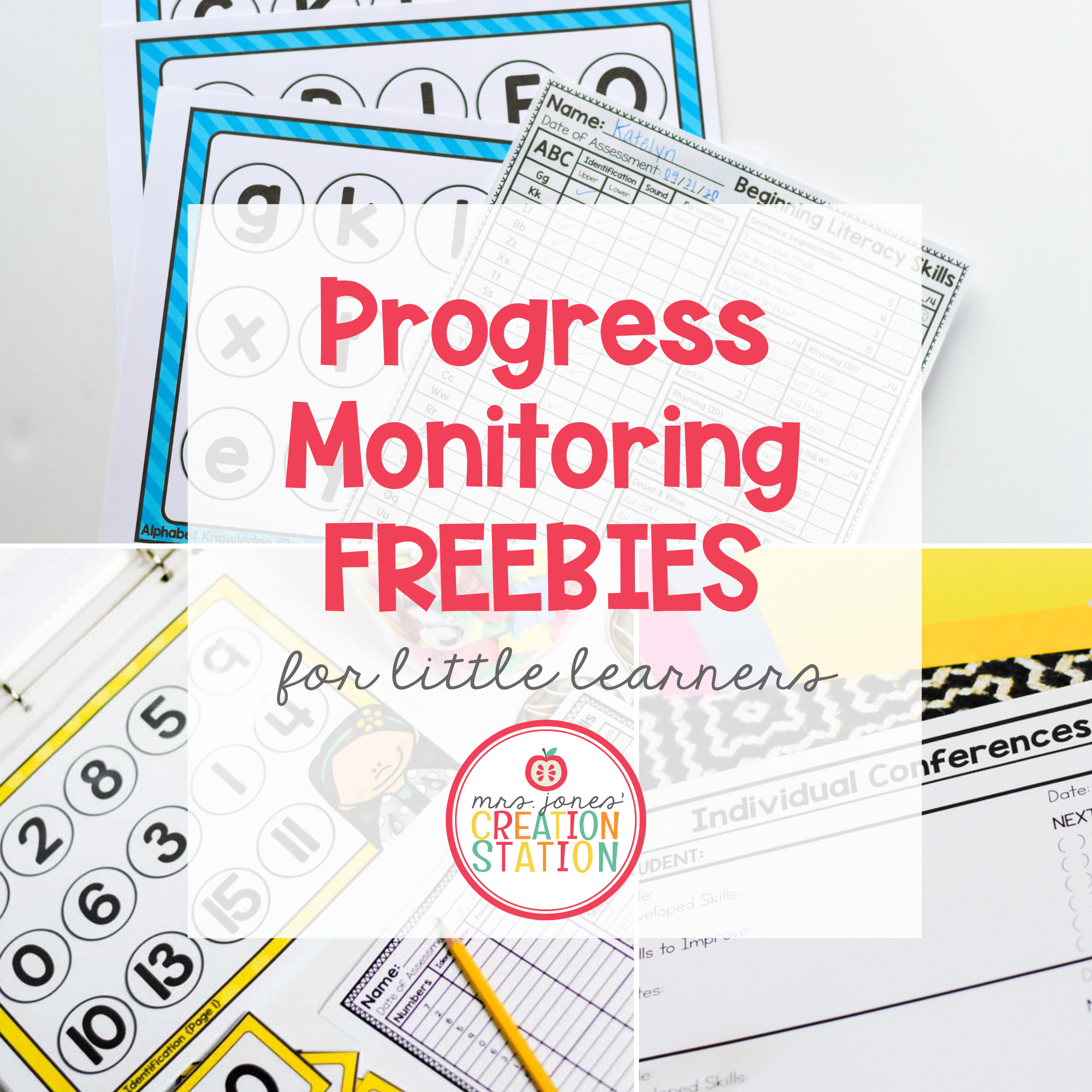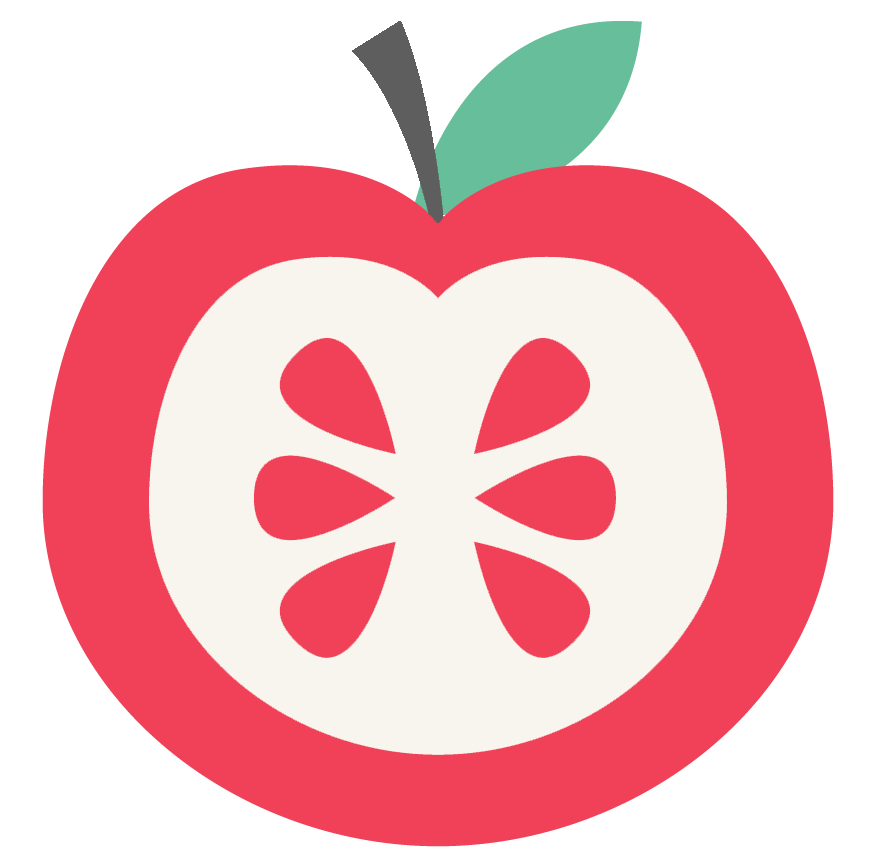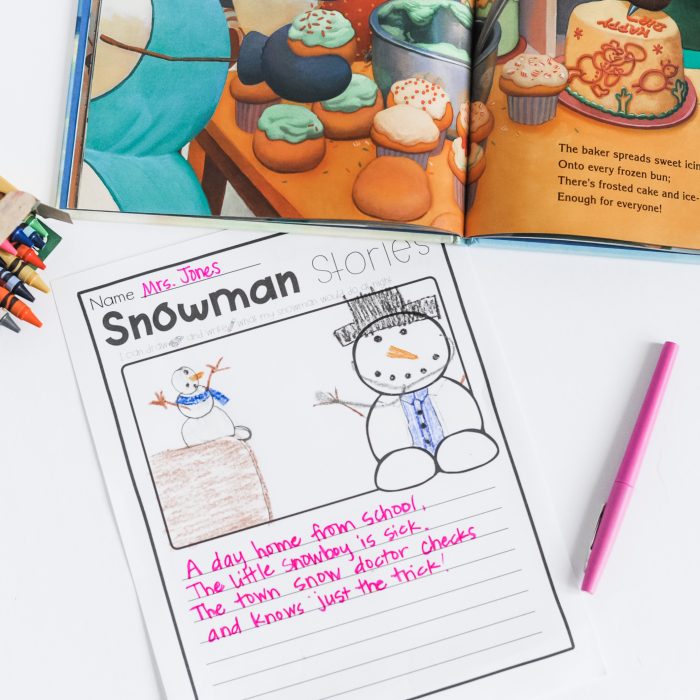As an early elementary educator, the best part of my job is to watch the huge amount of growth in my learners. They walk into elementary school barely reading. Writing is minimal. By the time they leave second grade, they are reading and writing so well. Differentiating for writing is the key factor in creating strong writers. Here are some quick ways to differentiate writing activities in your classroom!
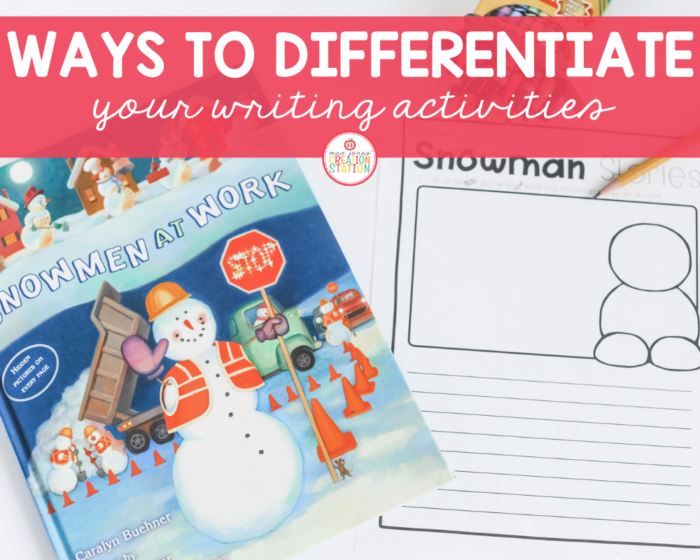
Mentor Texts
Do you have access to a library? You’re probably laughing…because you know that’s an obvious answer. Whether you’re a classroom teacher or homeschool teacher, you have access to books. You don’t need an expensive writing program. Books are the best supplemental resource you can use in your classroom. I use mentor texts to teach grammar, writing conventions, and story structure.
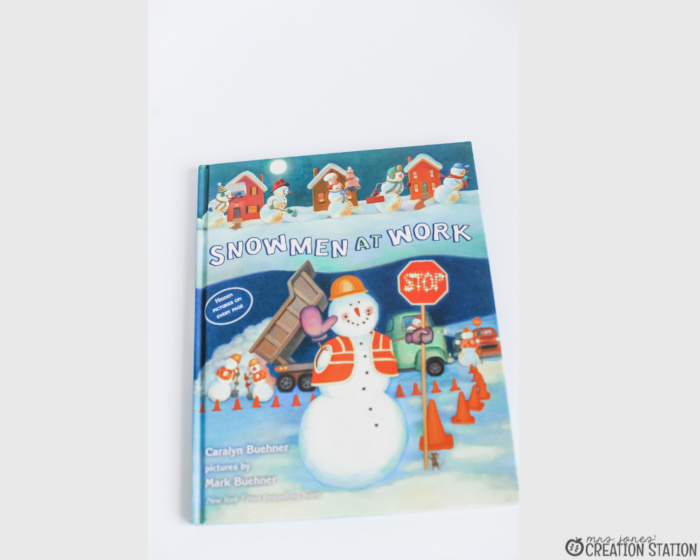
Snowmen at Work is a fun, engaging winter story written by Caralyn Buehner. The entire series is about snowmen waking up while their humans sleep. They do all sorts of fun things during the night. Snowmen at Work is all about jobs that snowmen have during the night. (This is a great way to teach community helpers too!)
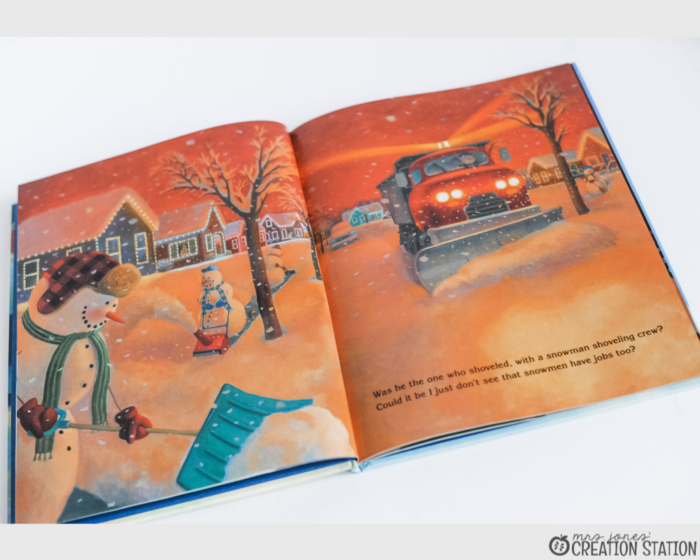
Make Read Aloud Interactive
Before you start a read aloud, be sure you know your intentions. There is always a place for reading aloud for strictly enjoyment (a few minutes before lunch or at the end of the day). But when using mentor texts, know your end goal.
We start our second semester in Second grade working on personal narratives. Before our whole group instruction with our mentor text, I go in and find parts of the book that model personal narratives. I also look for writing conventions that we’ve learned in the past as review. With all of that information, I have a quick, effective whole group lesson using a mentor texts and a list of questions students can answer.
Don’t Let Differentiation Stress You Out
I would have to say, the hardest part of teaching is meeting every need of your class. Students walk into your classroom at all different levels. And I know we’ve all had that moment where we say “Why can’t they all be on the same level??
However, it’s a beautiful thing–it means we are all unique and have our own strengths. No matter if you’re a kindergarten teacher or second grade teacher, you will have all levels of writers. And you don’t need some magic trick to know how to differentiate. Even a simple modification can make a huge difference.
Emergent Writers
Your emergent writers are those students that need guidance with beginning sentence structure and spelling. Modeling is so important when teaching emergent writers. A simple way to help these writers be successful with a writing assignment is to meet with them in small groups. In that small group, work together on forming a sentence together while you, the teacher, writes it on their paper or on a dry erase board. Then, the students can draw a picture to illustrate that sentence and even label parts of the picture.
Early Writers
These students can write a sentence on their own, however, they still need guidance in spelling and sentence structure. Just like emergent writers, modeling is very important. Mentor texts are perfect for early writers. For the most part, they can read a picture book independently, thus encouraging them to take the book to their desk when they need help. However, small group instruction is also important. I like to ask my writers to choose an example from the book to write about to avoid the “I don’t know what to write about” phrase. This student chose an example from the book and wrote their own sentence.
Conventional Writers
If you’re a first or second grade teacher, the majority of your students will fall under the early writers category. However, you will definitely come across a few conventional writers. They are students who read a lot. And it shows in their writing. You might not need to meet with these students often, but when you do make it worth while. This is the time where you can encourage them to take chances in their writing. I like to have my writers focus on the structure of the mentor text. Snowmen at Work has a lot of rhyming, but also has a problem/solution type structure. It may sound advanced, but you will be so proud of what your students come up with!
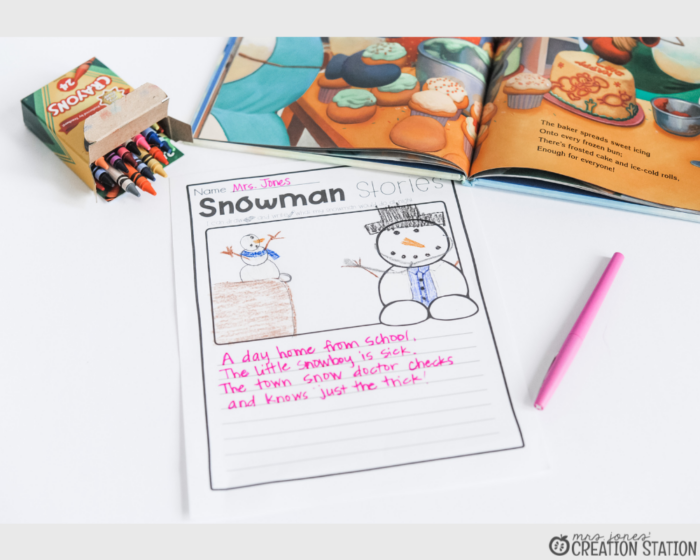
Taking these small steps to differentiate writing activities will not only make writing more enjoyable for your students, but there will be less frustration!
You can grab this FREE writing activity to do with your students during the winter months by clicking the download button below. I promise, they will love the book and the writing activity!
